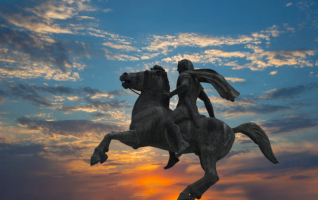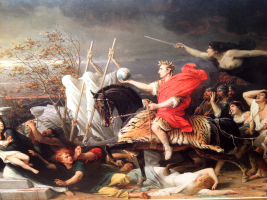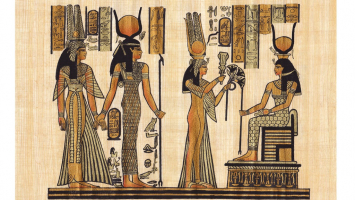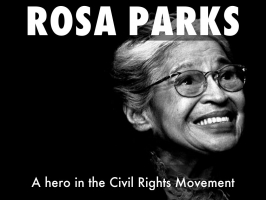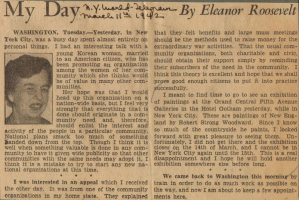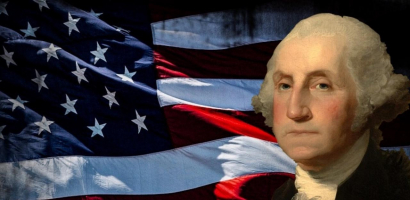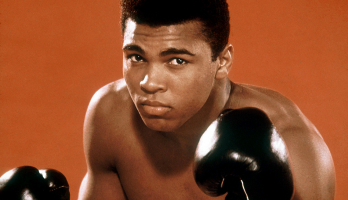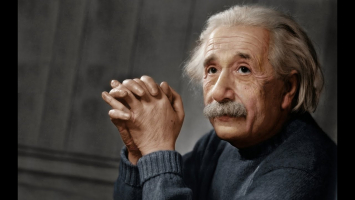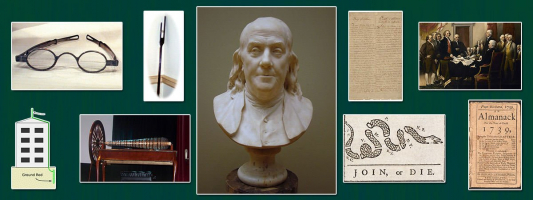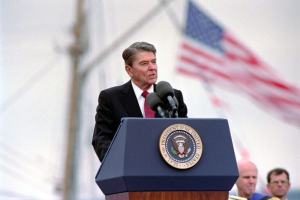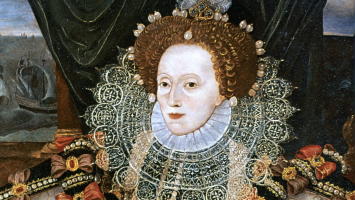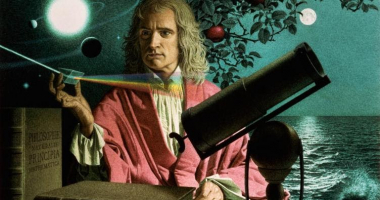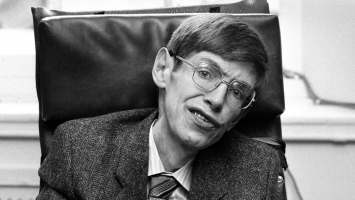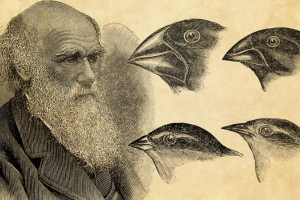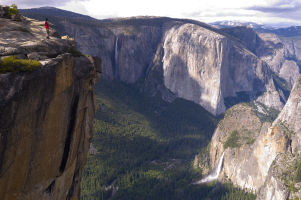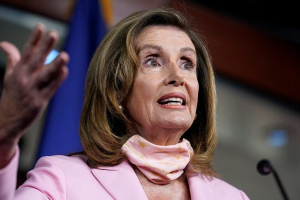Top 6 Accomplishments of Juan Ponce de Leon
Spanish explorer Juan Ponce de Leon traveled with Christopher Columbus on his second trip to the New World, where he learned about the rewards and risks of ... read more...exploration. Top accomplishments of Juan Ponce de Leon are mentioned below.
-
Young Ponce de Leon would have served Guzmán's needs as a squire by tending to his horse's needs, assisting him with his clothing, and performing other tasks. He would be given instruction in social graces, hunting, and rigorous military training in exchange. In order to battle the Muslim Moors in the Kingdom of Granada in 1487, he had to put his military prowess to the test. In 1492, the conflict was over.
One of the achievements of Juan Ponce de Leon, you probably didn't know that early in the 1500s, Ponce de Leon held a senior military position in the Hispaniolan colonial government, when he assisted in putting down a Tano insurrection. He was given permission to visit the adjacent island of Puerto Rico in 1508 and was appointed by the Spanish king to serve as the country's first governor in 1509. While Ponce de León amassed considerable fortune from his plantations and mines, he was engaged in a court dispute over control of Puerto Rico with Diego Colón, the late Christopher Columbus's son. In 1511, Columbus succeeded Ponce de León as governor following a protracted legal dispute. Ponce de Leon made the decision to take the sympathetic King Ferdinand's advise and continue his exploration of the Caribbean Sea.
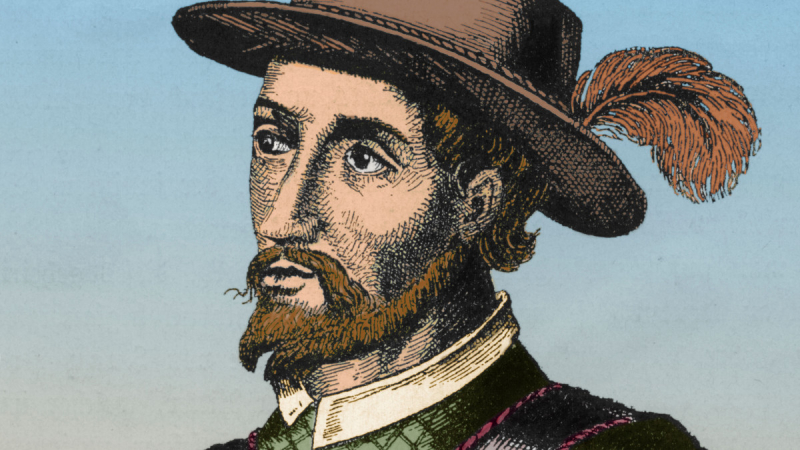
Photo: www.history.com - Ponce de Leon 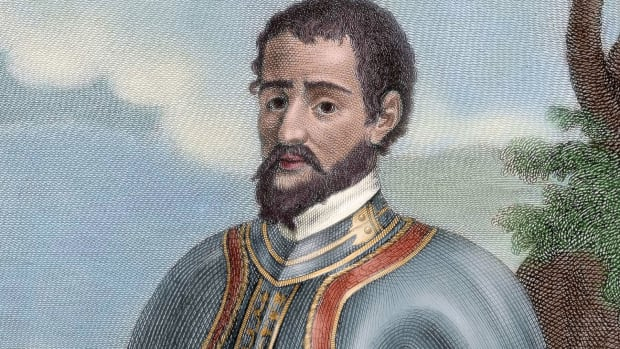
Photo: www.history.com - Ponce de Leon -
Like many of his contemporaries, Ponce de Leon went overseas for his next opportunity once the war against the Emirate of Granada came to an end because there appeared to be no need for his military services at home.
Around 1200 sailors, settlers, and soldiers embarked on Christopher Columbus' second expedition to the New World in September 1493. One of the 200 "gentleman volunteers" on this voyage was Ponce de Leon. In November 1493, the fleet arrived in the Caribbean. Before reaching Hispaniola, their principal target, they stopped at a number of other islands. They specifically anchored off the shore of a sizable island known to the locals as Borinquen but afterwards known as Puerto Rico. This was Ponce de León's first look at the location that would have a significant impact on his life.
Although historians disagree on what he did during the ensuing years, it's conceivable that he eventually went back to Spain and traveled to Hispaniola with Nicolás de Ovando.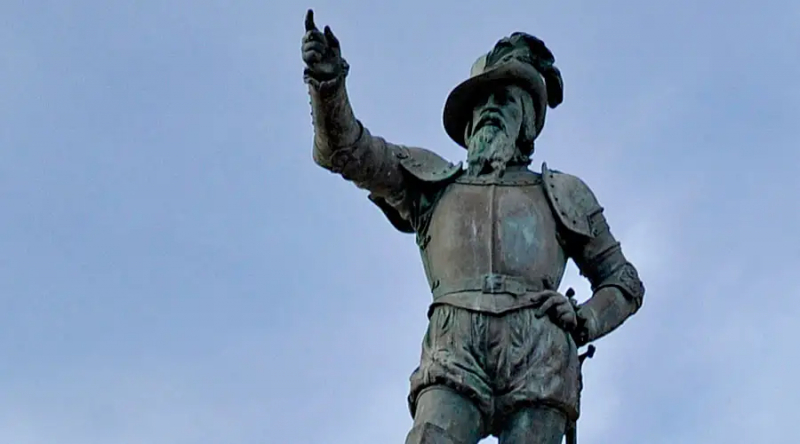
Photo: The Diplomat in Spain - Ponce de León's statue 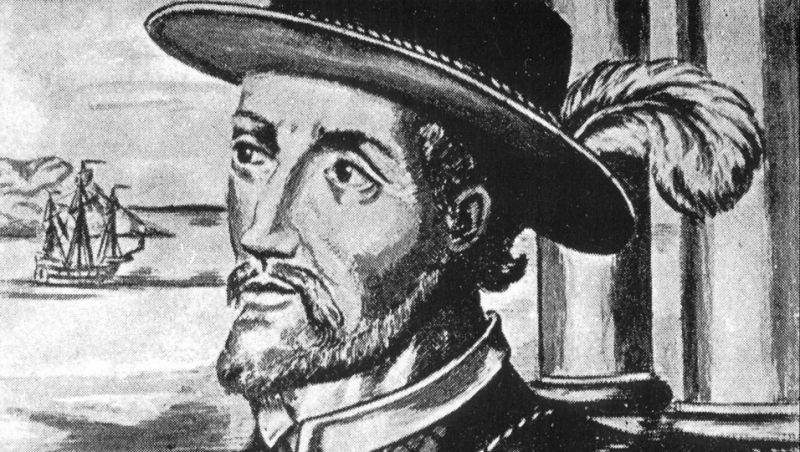
Photo: www.tennessean.com - Ponce de Leon -
He might have started his exploration career in 1493 as a member of Christopher Columbus's second voyage to the New World.
When Ponce Leon was governor of the eastern province of Hispaniola, he made the decision to explore a nearby island that would later become known as Puerto Rico. When it was discovered, it was loaded with gold. Ponce de León explored and colonized Puerto Rico in 1508–1509 after receiving repeated reports that gold might be discovered there. He founded Caparra, the colony's first settlement, close to the present-day city of San Juan. He afterwards went back to Hispaniola and was appointed governor of Puerto Rico, but was quickly ousted from office due to rivals' political scheming. Juan returned to the King of Spain following the discovery, where he investigated and settled the island.
The US territory of Puerto Rico is unorganized and is situated in the northeastern Caribbean Sea. There is one main island and numerous smaller ones, like Culebra, Vieques, and Mona. During the time of Christopher Columbus, it was colonized.
Video: The Hispanic Council - The untold history - Episode 1: Juan Ponce de León 
Photo: Orlando Sentinel - Ponce de Leon -
In March 1513, he set out on a privately funded voyage from Puerto Rico, and in April of the same year, he made landfall in Florida near the present-day cities of Melbourne Beach and Saint Augustine. He thought he had landed on an island at the time and was unaware that he was actually on the North American mainland. The Spanish Empire occupied Puerto Rico when the island was discovered. Then Juan Ponce was appointed the island's first independent provincial governor.
The governor of Puerto Rico would be chosen by the Spanish Monarchy, and they would be tasked with increasing the island's wealth and informing the Spanish government of the colony's condition.
Ponce learned about the rich area with hidden gold and silver treasure from the Tainos while he was the provincial governor. After receiving approval from Ovando, the island's first royal governor and the military commander, he began exploring the island.After serving as governor of Puerto Rico for three years, Juan Ponce was succeeded by Christopher Columbus's son. His dismissal was a result of his mistreatment of the Native Americans.
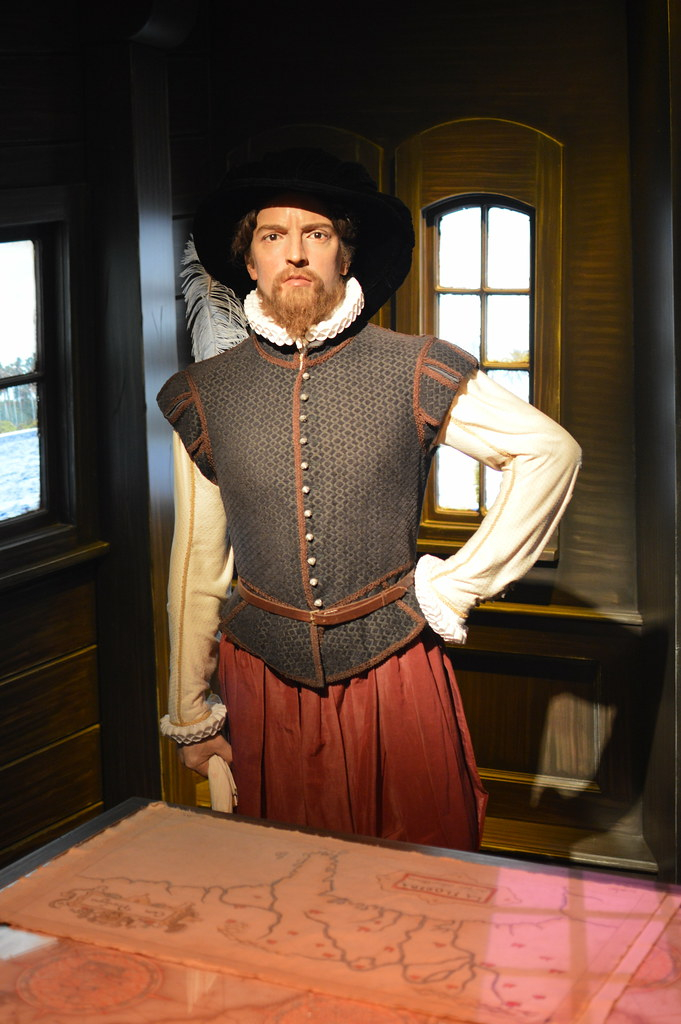
Photo: Flickr - Juan Ponce de Leon 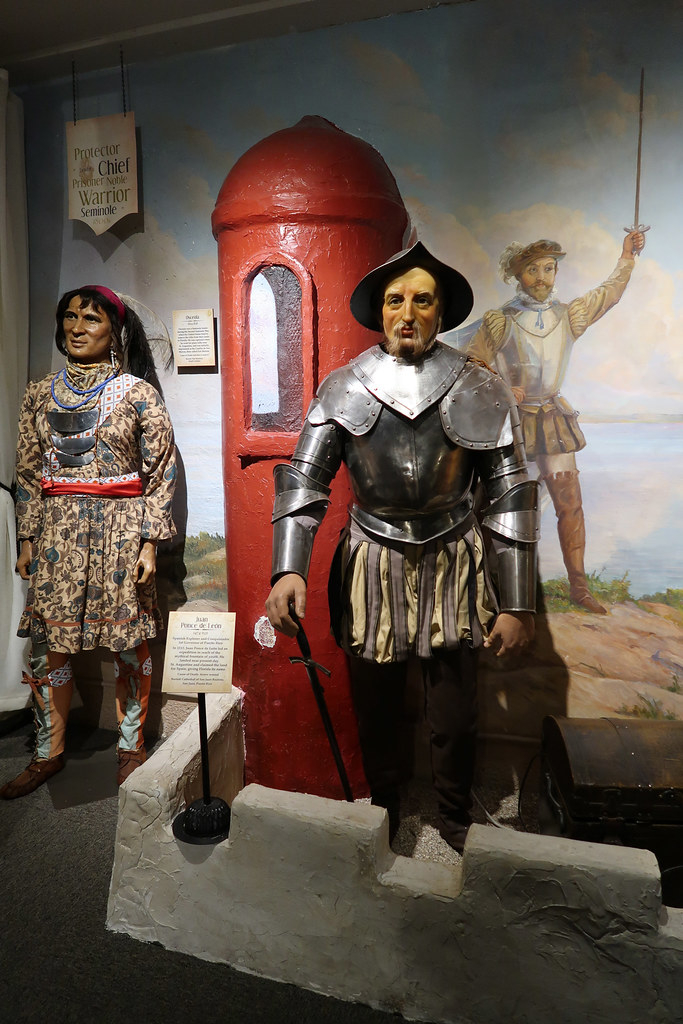
Photo: Flickr - Juan Ponce de Leon -
One of Spain's most well-known conquistadors, Juan Ponce de Leon, was in charge of the European gold rush at the time. Ponce de León had the chance to interact with the Tanos who came to his province from adjacent Puerto Rico while serving as the provincial governor. He heard tales about a place that was rich in gold that could be found in the many rivers. Ponce de León asked Ovando for permission to explore the island, and Ovando granted it because he was motivated by the prospect of riches.
He came to the southeast coast, which is now the United States, while looking for riches, new territories, and treasures. He visited many locations with his expedition for the gold team and came up with numerous islands, including Puerto Rico.
Even though he ran into some choppy currents while on his excursion, he persisted and kept finding and naming new spots as he went. Cape of Current and the Dry Tortugas are a few of places.
Juan's journey to Hispaniola, where he discovered enormous wealth and other opportunities, is one of his most important ones. His and his men' expedition to that location is viewed as a huge success.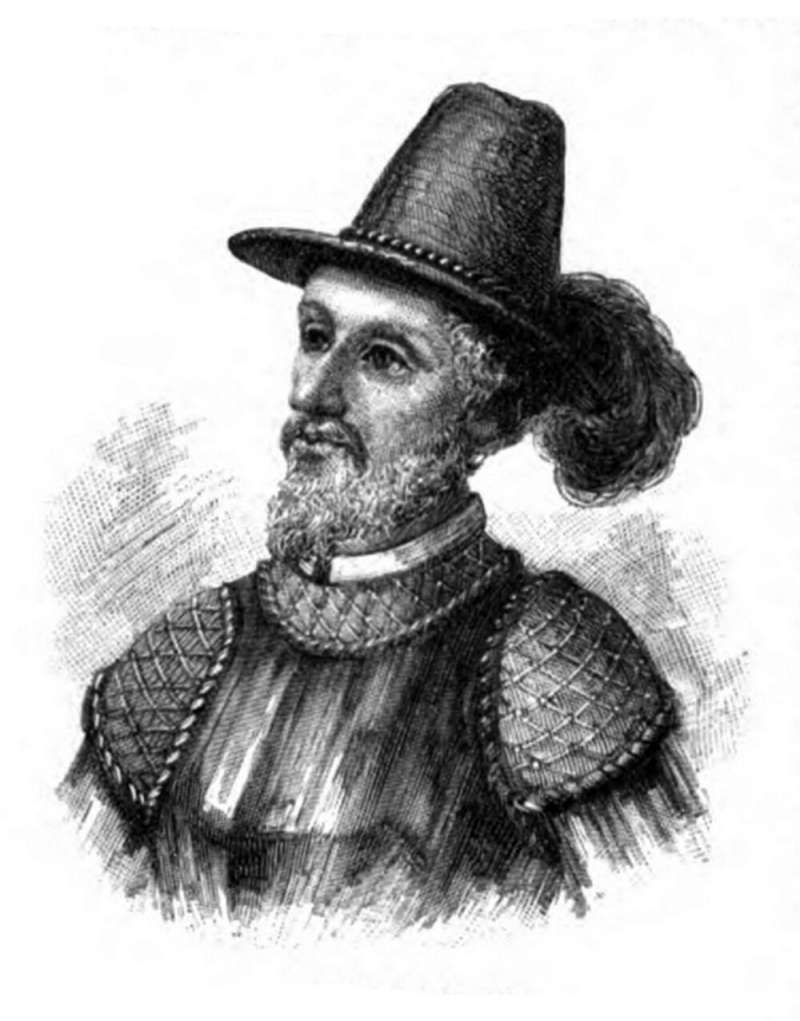
Photo: Wikipedia - Juan Ponce de León 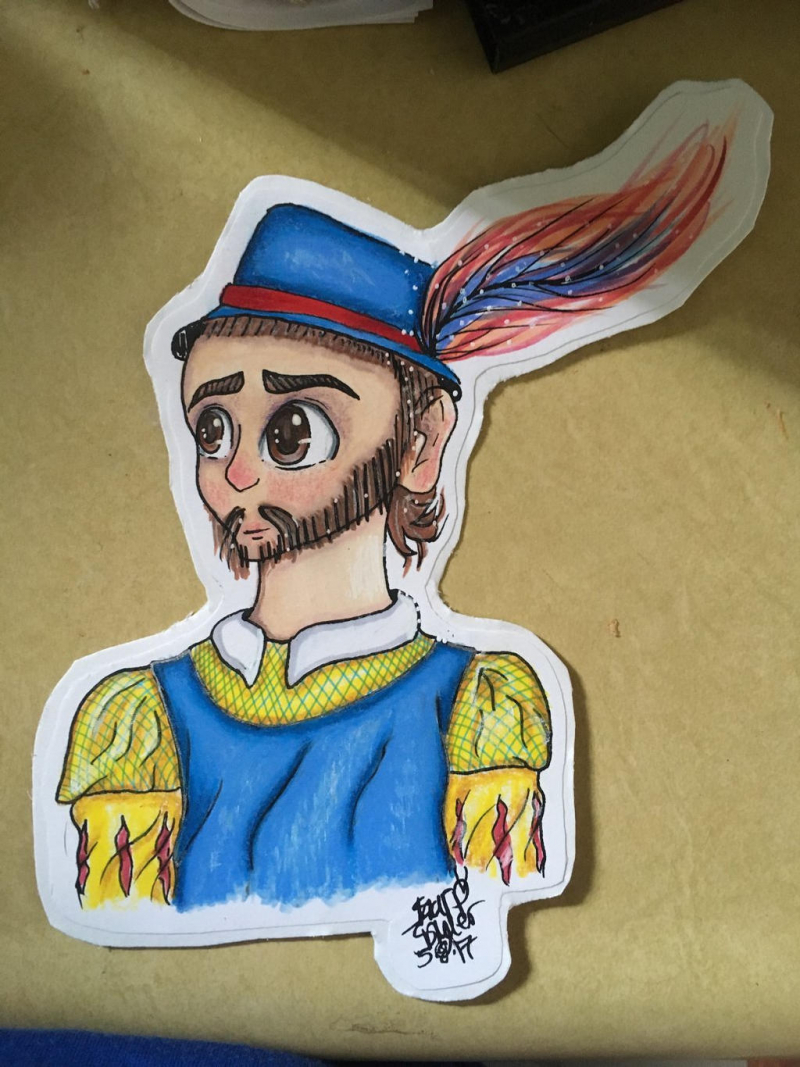
Photo: DeviantArt - Juan Ponce de Leon by sharpsnyder on DeviantArt -
According to a popular legend, one of the accomplishments of Juan Ponce de Leon was he discovered Florida while searching for the Fountain of Youth. Even though there were legends of life-giving waters long before Ponce de León on both sides of the Atlantic, his hunt for them was not associated with him until after his passing.
Gonzalo Fernández de Oviedo y Valdés stated in his Historia General y Natural de las Indias from 1535 that Ponce de León was searching for the waters of Bimini to reverse his age. Francisco López de Gómara's 1551 book Historia General de las Indias contains a similar narrative.Then, in 1575, Hernando de Escalante Fontaneda, a shipwreck survivor who had spent 17 years residing among the Native Americans of Florida, released his narrative. In it, he pinpoints the Florida waters and claims that Ponce de León was supposed to have searched there.
Despite Fontaneda's skepticism that Ponce de León had actually traveled to Florida in search of the waters, the tale was incorporated in Antonio de Herrera y Tordesillas' 1615 Historia general de los hechos de los Castellanos.
According to the majority of historians, any hypothetical hunt for the fountain was far less important than the pursuit of wealth and the growth of the Spanish Empire.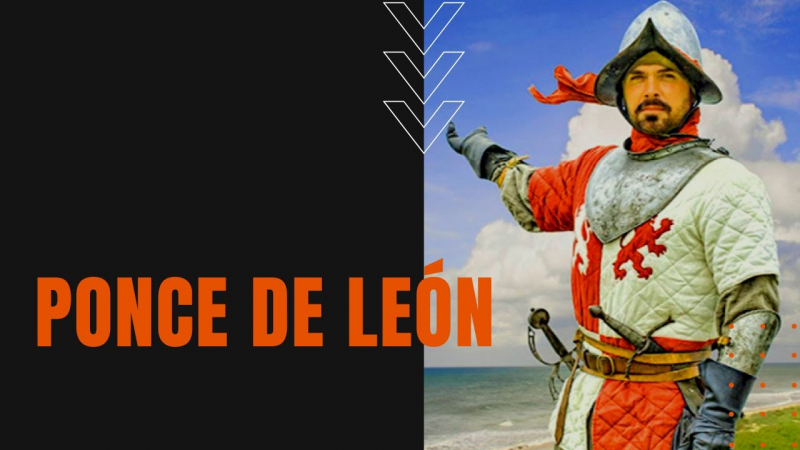
Photo: Daily Dose Documentary - Juan Ponce De León 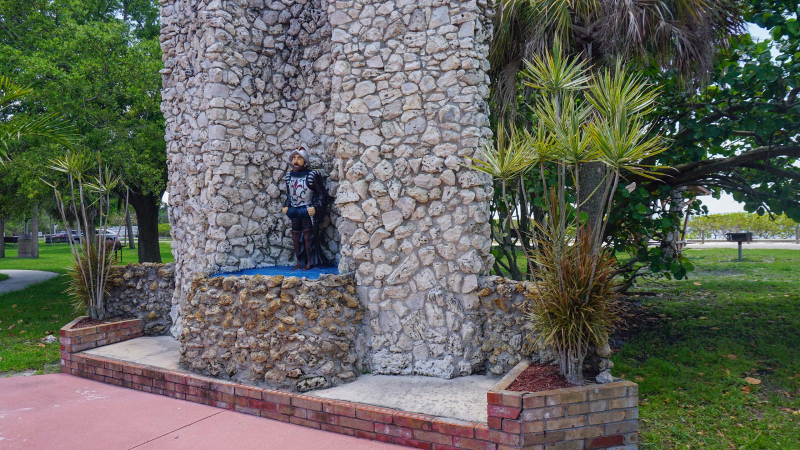
Photo: Florida Hikes - Ponce de Leon








